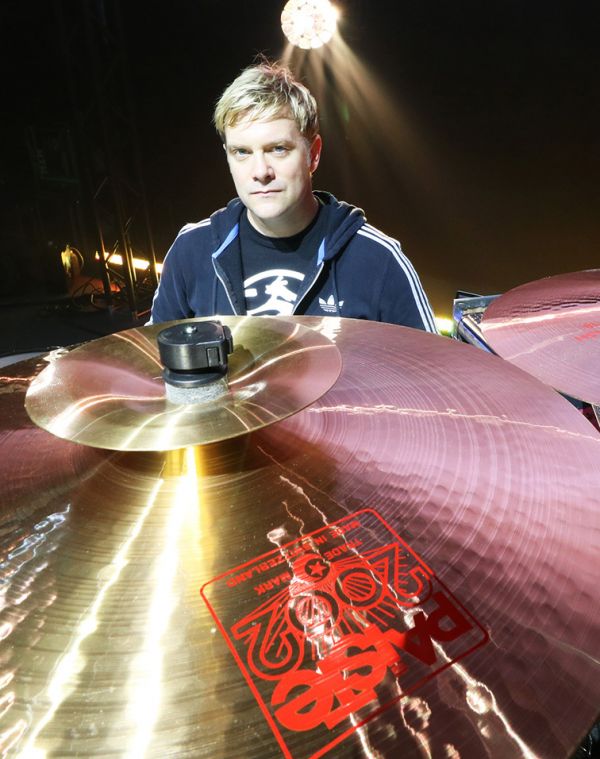

The «modern» Paiste cymbal production process was developed during the 1950s and 1960s, and has essentially remained unchanged to this day.
The Art of Cymbal Making
In principle, our process is unique to our company. We do things our way because it works for us and we get superior results.
Our manufacturing philosophy is simple: from decades of experience we know that only a human being has the intuition and ability to create superior musical instruments.
In our professional series, we craft cymbals by hand exclusively. We will use mechanical devices sparingly and only as aids to hand manufacture, but never at the expense of sound and quality. Such devices help remove strenuous labor from our artisans, and allow them to concentrate their talents and energy on creating instruments of the highest sound quality and consistency.
In the creation of our mid-range cymbals we will introduce automated processes in initial stages and then refine using hand craftsmanship.
Our value class cymbals are formed with the aid of machines, because this helps us lower the cost of such cymbals.
The true art of cymbal making is to select the appropriate methods to achieve the desired goals, whether it is to create ultimate professional sound quality or whether we strive to achieve optimal value at given price points.
Traditional Hand Craftsmanship
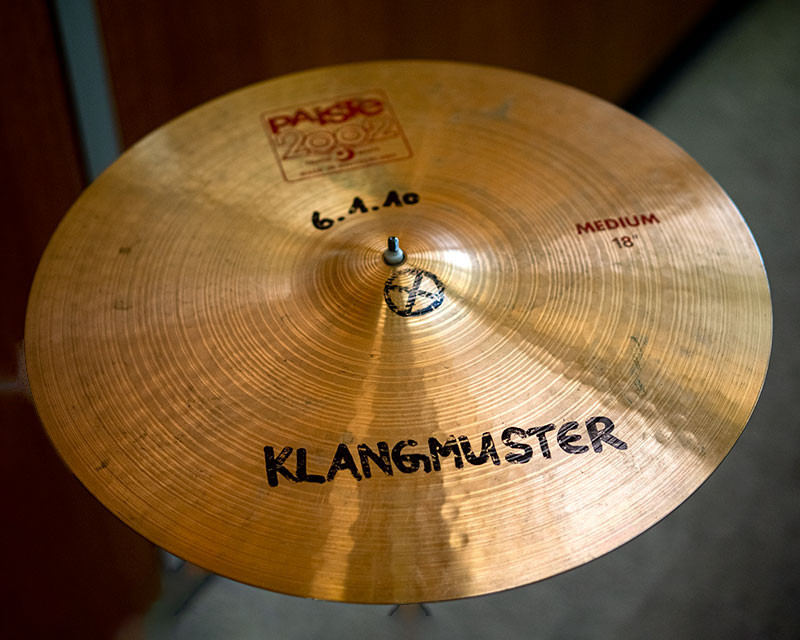
The Master Cymbal
The master cymbals created by Sound Development form the basis for production and are kept as references in the different production departments. Each department’s goal is to contribute to producing faithful copies of these reference cymbals. This is the principle that ensures the ultimate in consistency and quality.
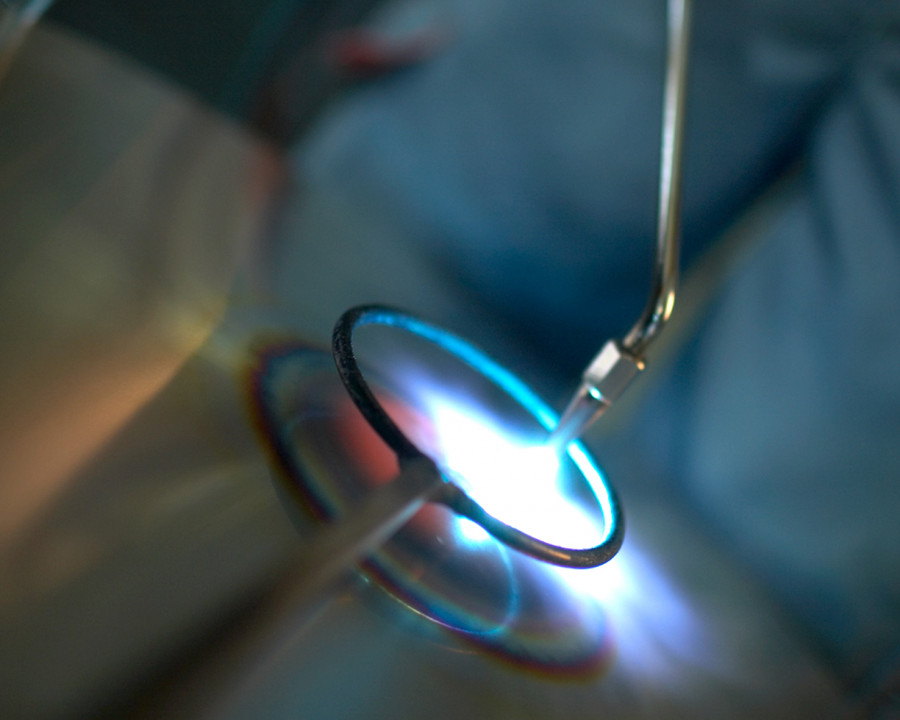
The Firing Department
The firing department prepares the disks of specific alloy and thickness for later stages of production. A visual inspection ensures uniformity and sorts out flawed disks. The center of the disk is then heated to soften the metal, so that a bell can be pressed into it. A hole is then punched through the center of the bell. Some cymbals are sent through a high temperature oven in order to anneal them.
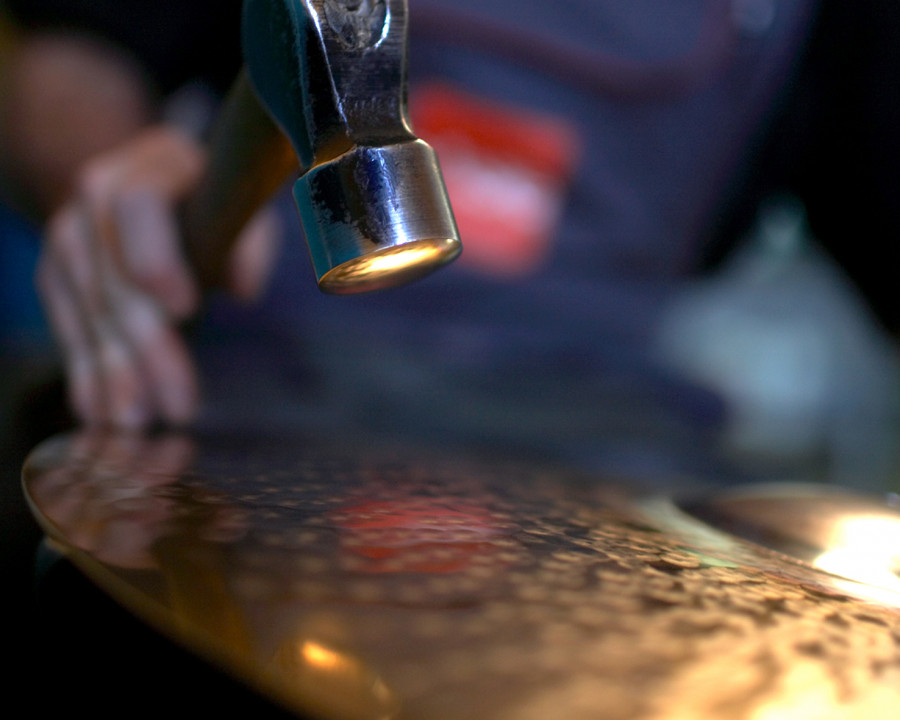
The Hammering Department
The hammering department gives the cymbal its shape. To conserve human energy, we utilize pneumatic hammering devices. This tool aids the artisans in the initial shaping of the cymbal. With their feet the artisans control the velocity and force, and with their hands the spacing and pattern of the hammering. The process is comparable to mastering four-way independence in drumming. Extensive and careful hand hammering using only hammer and anvil accomplishes the fine-tuning of the shape. An important aspect of this process is truing, ensuring uniformity in shape throughout the cymbal.
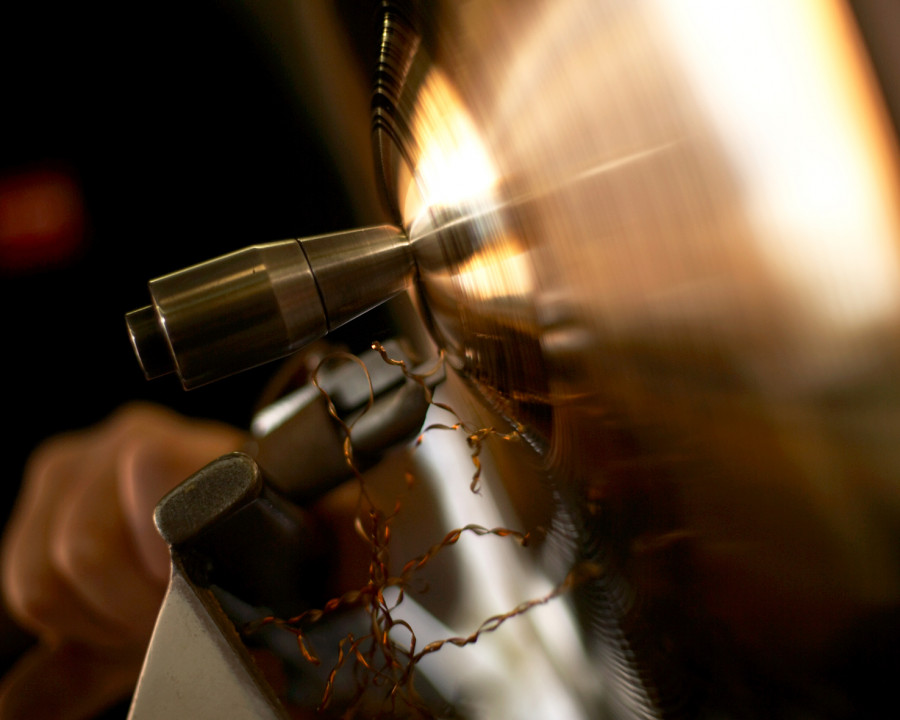
The Lathing Department
The lathing department reduces the thickness of the cymbal to the correct parameters and applies the decorative grooves unique to each cymbal series. Our tolerances are exact to within fractions of a millimeter, and measuring by micrometer is necessary to achieve them.
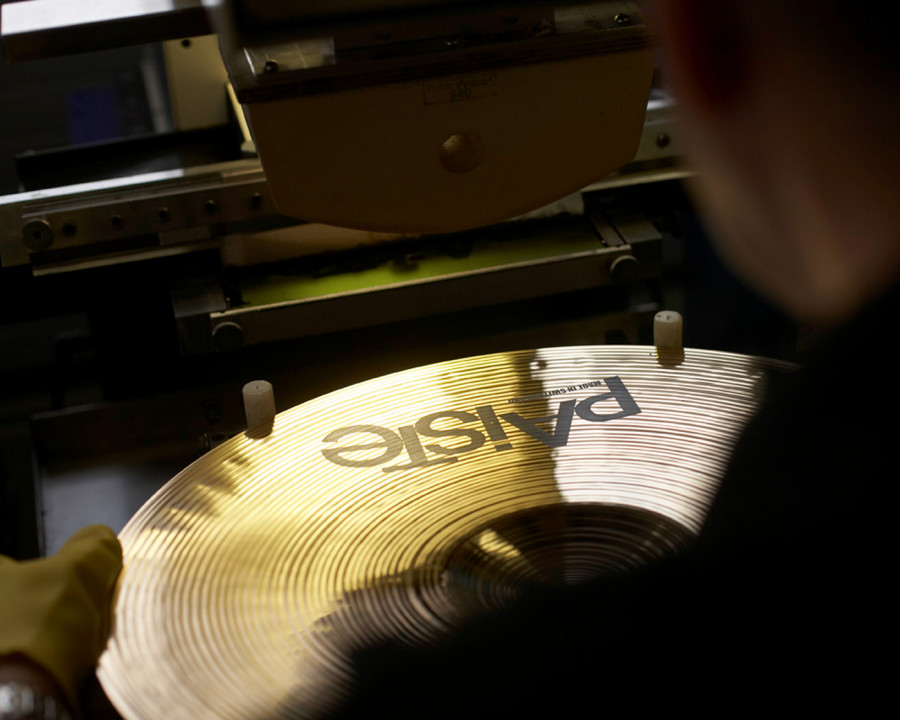
The Finishing Department
The finishing touches are performed by smoothing the cymbal's edges, transfer printing brand logos and model designations, and applying a special protective coating to prevent oxidization.
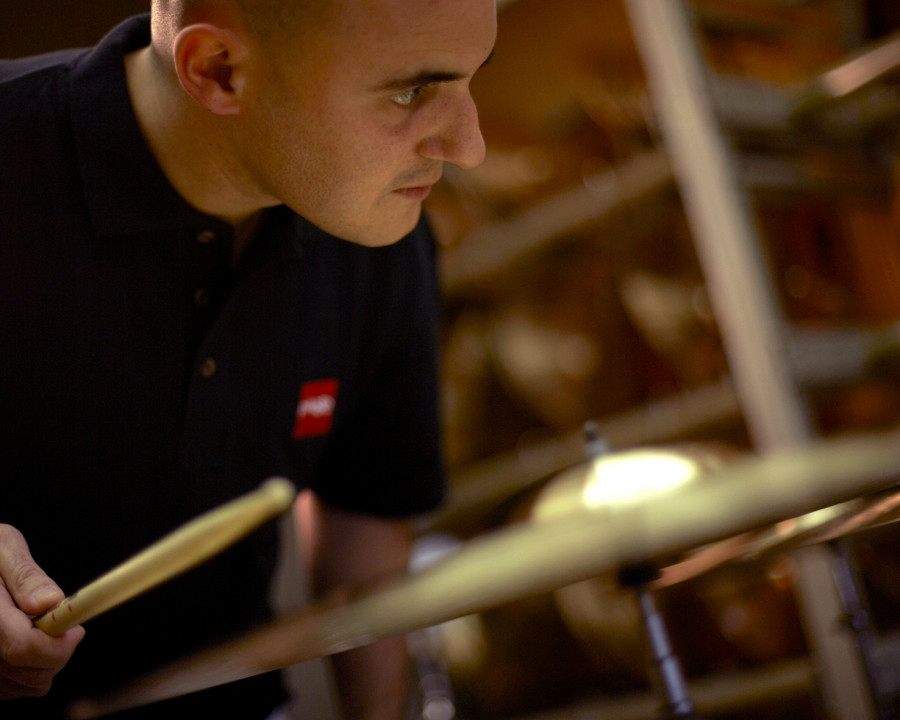
The Quality Control
Quality control procedures are implemented frequently throughout the production process. This involves checking the production cymbals repeatedly against the reference "master" cymbals to ensure that the precise parameters are executed to perfection. The final - and arguably most important - step in production is to hand test each and every finished cymbal against the master cymbals produced by Sound Development. If a cymbal does not conform to our exacting standards, it is destroyed. Only instruments of perfect quality and consistent sound character are allowed to leave our factory.



